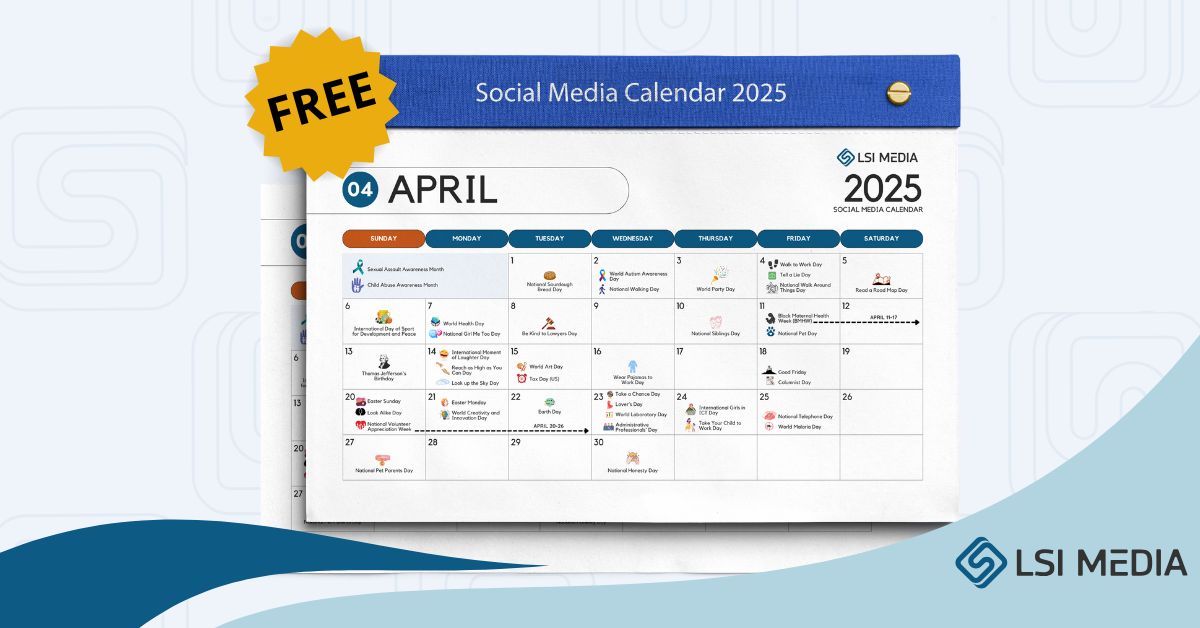While social media marketing is a changing game factor for internet marketing, brand exposure, and marketing in general, perhaps too much of it may be its own worst enemy. Social media now has 210 platforms and networking sites, and of these, 15 alone have virtual communities greater than 100 million users. It is a massive market, but social media marketers should realize that it is fragmented.
A simple solution is a social media strategy focusing on the ideal niche market that fits your desired business objectives. You need to carefully select the social media platforms for the business or brand based on audience alignment, customer interactions, and feedback, and other factors fed through the customers.
However, a real social media strategy must realize that what works for one social media platform does not apply to another. Twitter hashtags only work on Twitter, while constant quality content must always be fed into Facebook. You can’t hashtag on Facebook, and you can’t put content on Twitter.
What works with sharing content in one network may not work in another. Customers know this, so they look for content that suits them or their niche. What works best is something created for a specific platform, and trying to force content on a platform for something else will not cut it.
Your Business Goals Must Be Aligned with Social Media Strategy
Align Your Business Objectives
If, for example, the business objective is to sell a specific consumer product, getting fixated on Twitter or its retweets is not the sensible marketing thing to do. It may contribute in a way, but it doesn’t serve what should be something straightforward, such as truly advertising the product to a specific niche target market.
This type of marketing paradigm can be traced back to the days of traditional marketing, wherein it made sense to market better during the so-called “prime time,” and that is why most advertising is done on TV or radio during these times.
This “shotgun method” of hitting the target found its way into early internet marketing through e-mail marketing and later through search engine optimization (SEO). This misconception might be a trap even for those doing social media strategy by focusing more on counting shares, likes, and retweets rather than on coupon and discount downloads, website visitors and interactions, and page conversions.
Don’t Over-Content with Social Media Marketing.
Another mistake is adding humorous content to attract your page or product attention. The question is whether the humorous content is connected to the product. If it has no connection whatsoever and will not contribute one iota to your business objective, then don’t post it. All content should be in conjunction with your business objectives.
The same goes for so-called updated content based on news and other trends. Even subtle topics like news, politics, disasters, etc., that have no connection to the product should be left out. Let’s face the fact that if your product is peanut butter, then it makes no sense to post about the presidential elections on your product page.
The Best Way to Turn the Table in Social Media
The best way to turn the tables in social media is through effective internet marketing strategies. In order to succeed in the online realm, it is essential to create engaging and relevant content that resonates with your target audience. This can be achieved by conducting thorough market research and understanding the needs and preferences of your potential customers.
By providing valuable information and addressing their pain points, you can position yourself as an industry expert and gain credibility. Additionally, it is crucial to utilize various social media platforms and techniques to reach a wider audience and drive organic traffic to your website or landing pages.
Regularly analyzing the performance of your social media campaigns and making necessary adjustments can further enhance your online presence and lead to successful outcomes. By consistently implementing innovative Internet marketing strategies, you can effectively turn the tables and achieve success in the competitive world of social media.
In Conclusion
The importance of Internet marketing cannot be overstated. First and foremost, it allows businesses to reach a global audience. With the internet, geographical boundaries are no longer a hindrance to selling products or services. Companies can now easily target customers in different countries and continents, expanding their reach and potential customer base.
This has opened up immense growth opportunities for businesses of all sizes. Secondly, internet marketing enables companies to track and measure their success accurately. Through tools such as analytics and data tracking, businesses can gain valuable insights into their marketing campaigns. They can see which strategies are working and which ones are not, and make necessary adjustments to improve their results.
This level of data-driven decision-making is crucial in today’s fast-paced and competitive business environment. It ensures that businesses are not wasting resources on ineffective marketing tactics and allows them to optimize their efforts for maximum impact. Overall, internet marketing has revolutionized the way businesses operate and market their products.
Its importance lies not only in the global reach it provides but also in its ability to provide businesses with valuable insights and the ability to adapt and improve their marketing strategies. As technology continues to advance, it is clear that Internet marketing will remain a vital tool for businesses in the future.
FAQs:
1. What is the importance of a good social media strategy?
A good social media strategy is essential for businesses and individuals alike because it allows them to effectively engage with their target audience and drive meaningful interactions. It helps to build brand awareness, increase website traffic, and ultimately generate leads or sales.
2. How does a good social media strategy help in building brand awareness?
A well-executed social media strategy can significantly enhance brand visibility and recognition. By consistently sharing valuable content, interacting with followers, and leveraging targeted advertising, businesses can reach a larger audience and create a memorable brand presence online.
3. What role does social media strategy play in increasing website traffic?
A good social media strategy can be a powerful tool for driving traffic to your website. By sharing compelling content and including links to relevant landing pages, businesses can direct social media followers to their websites, thereby increasing the chances of converting them into customers or subscribers.
4. Can a good social media strategy help in generating leads?
Yes, a strategically planned and executed social media strategy can be instrumental in lead generation. By creating engaging content that encourages user interaction and utilizing lead-generation tactics like contests or gated content, businesses can capture valuable contact information and convert social media followers into leads.
5. How does a good social media strategy contribute to customer loyalty?
A good social media strategy allows businesses to strengthen the bond with their existing customers by providing them with valuable content, exceptional customer service, and personalized experiences. By consistently engaging with customers through social media, businesses can foster loyalty, improve customer satisfaction, and encourage repeat purchases or referrals.
6. Does a good social media strategy influence brand perception?
Yes, a well-implemented social media strategy has the potential to shape brand perception. By consistently communicating brand values, sharing positive customer experiences, and responding promptly to feedback or complaints, businesses can establish a positive brand image and gain the trust and admiration of their target audience.
7. How can a social media strategy help in staying ahead of competitors?
A good social media strategy enables businesses to keep a close eye on their competitors’ activities, analyze their strengths and weaknesses, and identify opportunities for differentiation. By staying up to date with industry trends, monitoring competitors’ social media presence, and delivering unique value propositions to their audience, businesses can gain a competitive edge in the market.






















